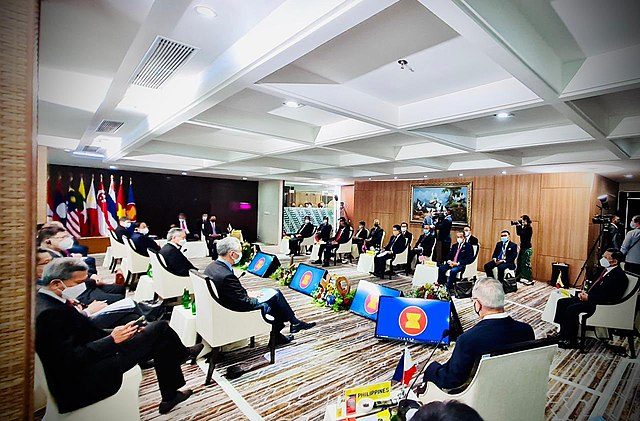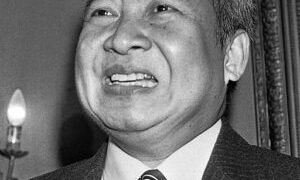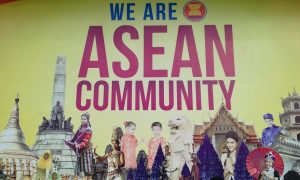The governance of human rights in Southeast Asia is simultaneously at an all-time high and facing sustained challenge. Today, contrary no doubt to the founders of the regional organisation, the Association of Southeast Asian Nations (ASEAN) possesses seemingly robust commitments to human rights. At the heart of this rights governance system sits the ASEAN Human Rights Commission (AICHR 2010) which oversees the ASEAN Human Rights Declaration (AHRD 2012). Yet, at the same time as this system has developed, Southeast Asian states have seen considerable backsliding: repeated coups in Thailand, the policies of Duterte in the Philippines, and the continuing violation of rights in mainland Southeast Asia, most recently the violent military coup in Myanmar.
Our traditional understanding of why regional organisations create human rights commitments is tightly bound to the historical experiences of Europe, both because of the unprecedented nature of European integration and a more parochial concern of scholars largely based in Europe studying their “home” experience. Here it was unambiguously the case that regional commitments both mirrored alignment between member states and were intended to serve as a ‘lock-in’ for those national-level commitments, ensuring no backsliding. The result of this alignment and intention was the creation of strong regional governance, court systems, detailed and specific treaty commitments, robust oversight and, where necessary, formal policing mechanisms. Today we see this system embedded in multiple institutions, most notably the European Union and the Council of Europe.
For a long time this model of regional commitment to rights has dominated our understanding of how other regional organisations around the world develop and engage with human rights values. We have assumed that regional commitments represent agreement amongst member states and that regional commitments, when created, are intended to be strong. The result has been the assumption that regional commitments, and so regional organisations, are always ‘good things’ when it comes to promoting and protecting rights.
This policy brief asks how we can understand the reasons behind ASEAN’s engagement with human rights, as well as its current nature and significance. It compares ASEAN’s approach with other regional organisations.
 Facebook
Facebook  Twitter
Twitter  Soundcloud
Soundcloud  Youtube
Youtube  Rss
Rss 



